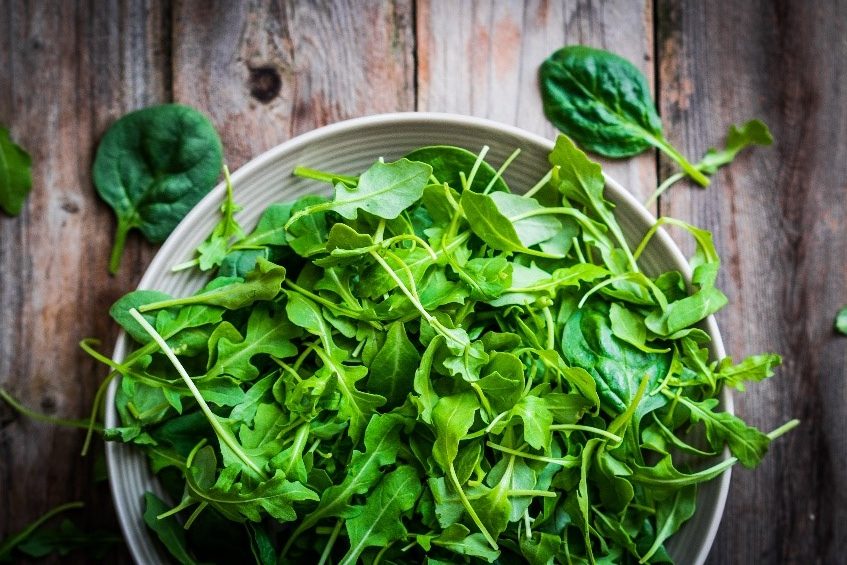Balanced blood sugar levels are crucial to your physical, metal, and emotional health.
According to the United States Centers for Disease Control and Prevention (CDC), 1/3 of Americans are at imminent risk of becoming diabetic, and 90% of those at risk don’t even know it! Type 2 diabetes most often develops in people over age 45, but more and more children, teens, and young adults are also developing insulin resistance and diabetes.1
Why this shift in prevalence of insulin resistance and diabetes to such a widespread demographic during the last century? Plain and simple: Our lifestyles, slowly and insidiously, are setting us up for disease.
THE EFFECTS OF CHRONIC INSULIN RESISTANCE
No system of your body is immune to the detriments of unstable blood sugar levels and the resulting insulin resistance.
Long-term effects of diabetes include the following:2
- Cardiovascular disease, including heart attack and stroke
- Vision loss or blindness
- Nerve damage, also called neuropathy, that causes tingling, pain, or loss of sensation in your feet, legs, and hands
- Kidney disease or kidney failure, requiring dialysis
- Slow wound-healing and the potential for amputation
As you read this list of long-term consequences of insulin resistance, they might seem far off. Most 20, 30, and 40-year olds are not losing sleep over their risk of cardiovascular disease or amputations, right?
But, as with any disease process, the wheels of disease are in motion for years before a diagnosis of insulin resistance or Type 2 diabetes occur. Even if you’re young and seemingly healthy- and years before a diagnosis of Type 2 diabetes- insulin resistance can rear its ugly head and cause some seriously unpleasant symptoms that disrupt your life.2
- Weakened immune system, with a greater risk of infections
- Stubborn weight loss, especially around your midsection
- Sexual and erectile dysfunction
- Depression, anxiety, and other mood disturbances
INSULIN RESISTANCE AND MENTAL HEALTH
Research has established a correlation between sugar intake and anxiety. In a 2008 study, rats that binged on sugar and then fasted displayed anxiety3; in a 2009 study4, rats fed sucrose compared to high-antioxidant honey were more likely to suffer anxiety. While dietary changes alone cannot cure anxiety, they can minimize symptoms, boost energy and improve the body’s ability to cope with stress.
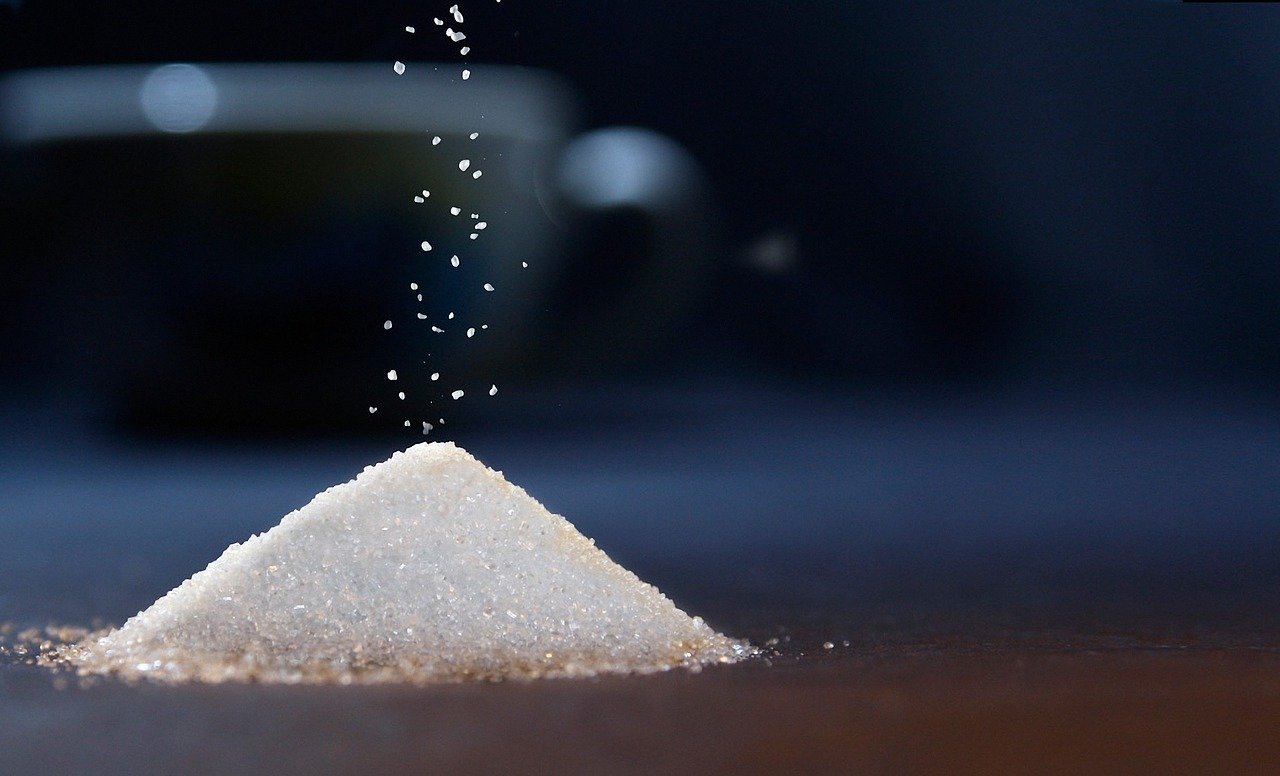
The roller coaster of high blood sugar followed by a crash may accentuate the symptoms of mood disorders. Research has tied heavy sugar consumption to an increased risk of depression and worse outcomes in individuals with schizophrenia.5
WHY IS INSULIN RESISTANCE BECOMING SO COMMON?
Back in the day, the issue of insulin resistance was virtually non-existent. We constantly moved our bodies to survive, we ate nothing but nutritious whole foods that we and our tribe collected or caught, and it was expected that we get plenty of rest and downtime to de-stress, unwind, and enjoy quality time with our families.
The unfortunate truth is that life as we know it in the 21st century is full of elements that reek havoc on our blood sugar.
We’re bombarded with constant availability and marketing of nutrient-devoid, processed convenience foods. We have less need for physical activity to survive. Environmental pollutants quietly and insidiously disrupt our endocrine systems. Overwhelming stress is a constant presence due to demands from work, home life, pressure of comparing ourselves to others and trying to keep up a perfect image that you’re holding it all together.
The good news in all this? You have control over these factors.
Lifestyle—meaning, the choices you make for yourself each day in your world- can significantly affect what’s happening on the inside.
Today, the focus is on specific foods you can incorporate into your day that can have powerful effects on helping to regulate your blood sugar and keep it at a consistently appropriate level throughout your day. Let’s dive in!
FOODS FOR BLOOD SUGAR CONTROL
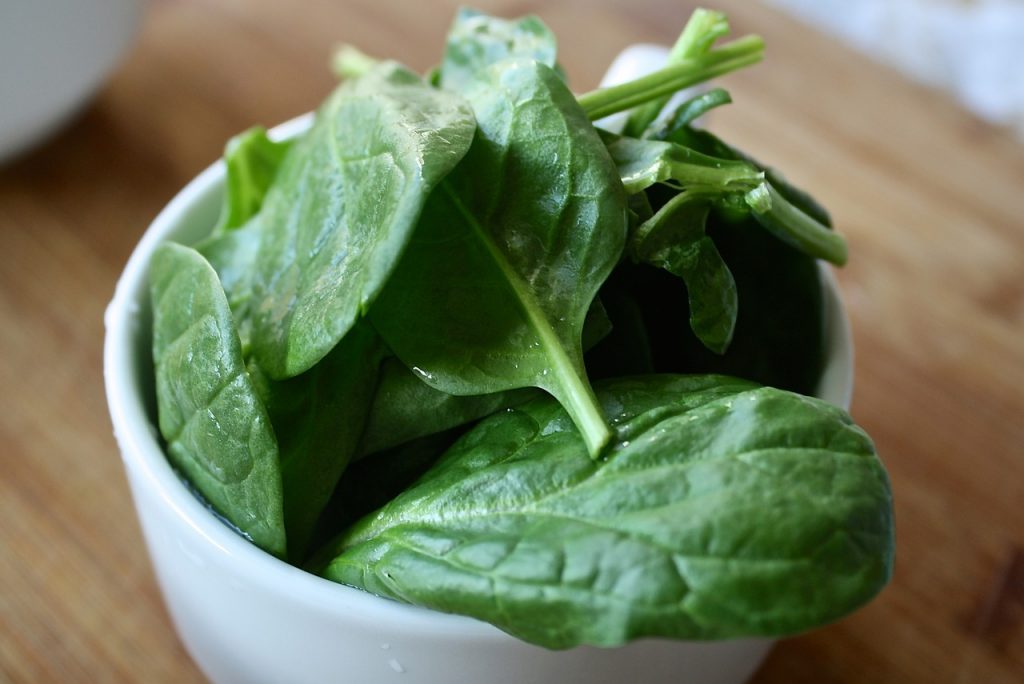
1. Greens
Clients often ask me what’s the one thing they should be doing to improve their overall health. My answer?: “Eat something green every day.”
For the best blood sugar benefits, go for nutrient-dense, low-carb greens like spinach, kale, and broccoli.6 These vegetables are low in carbohydrates, high in dietary fiber and rich in magnesium. The National Institutes of Health report that magnesium helps regulate blood sugar levels and promotes normal blood pressure.7
These greens are also very rich in protein and calcium, which help your body in multiple areas. You can toss these greens in salads with olive oil and chunks of salmon.
Studies have shown that these three vegetables contribute to improvement in patients who are continually battling with their blood sugar.
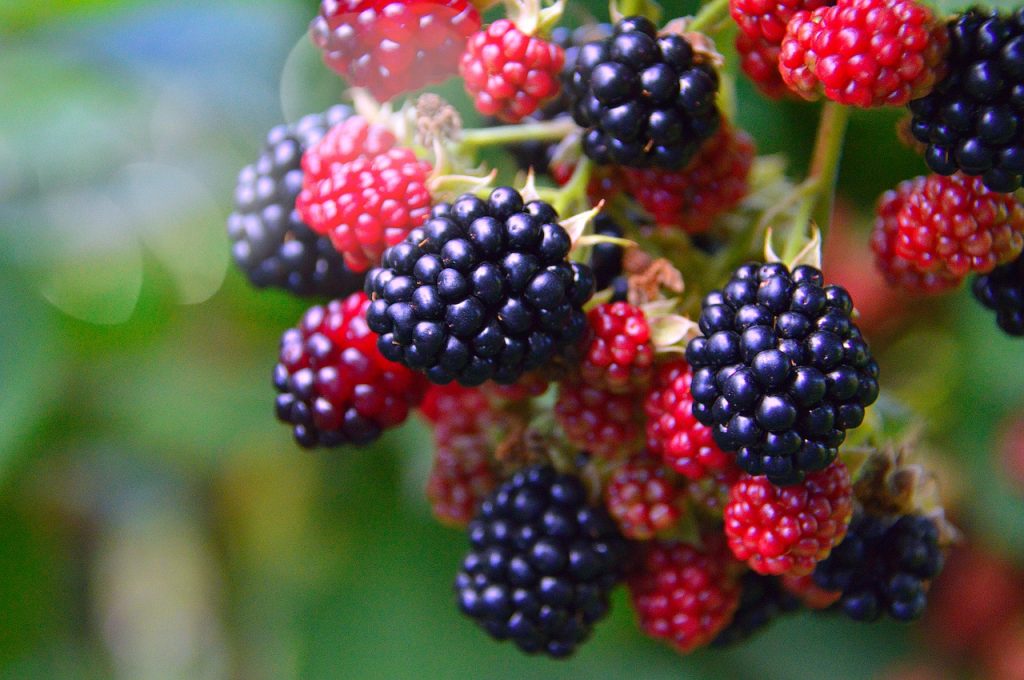
2. Low-Glycemic Fruits
Fruit contains important nutrients and phytonutrients that are crucial for overall health, but when your goals include managing your blood sugar, some fruits have a lower glycemic index than others (meaning they have less of an effect on blood sugar than other fruits).
Low-glycemic fruits include cantaloupe, raspberries, blueberries, kiwi, and blackberries.8 You can snack on them throughout the day, or toss them in your salad, smoothies, or acai bowls.
Tip: Consuming the edible skin of your fruits gives your fiber consumption a quick and easy boost, which can lower the blood sugar response and also help prevent cardiovascular disease.

3. Protein
Protein is essential for slowing down glucose absorption in your body, which helps regulate your blood sugar levels.
Examples of protein-packed foods are wild salmon and other types of fish; beef, chicken and other types of lean meat; cottage cheese, Greek yogurt, eggs, nuts, and legumes.
Make your diet interesting; try snack ideas like celery sticks dipped in organic almond or sunflower butter. This snack is rich in protein and contains a nice serving of healthy fat to boot.
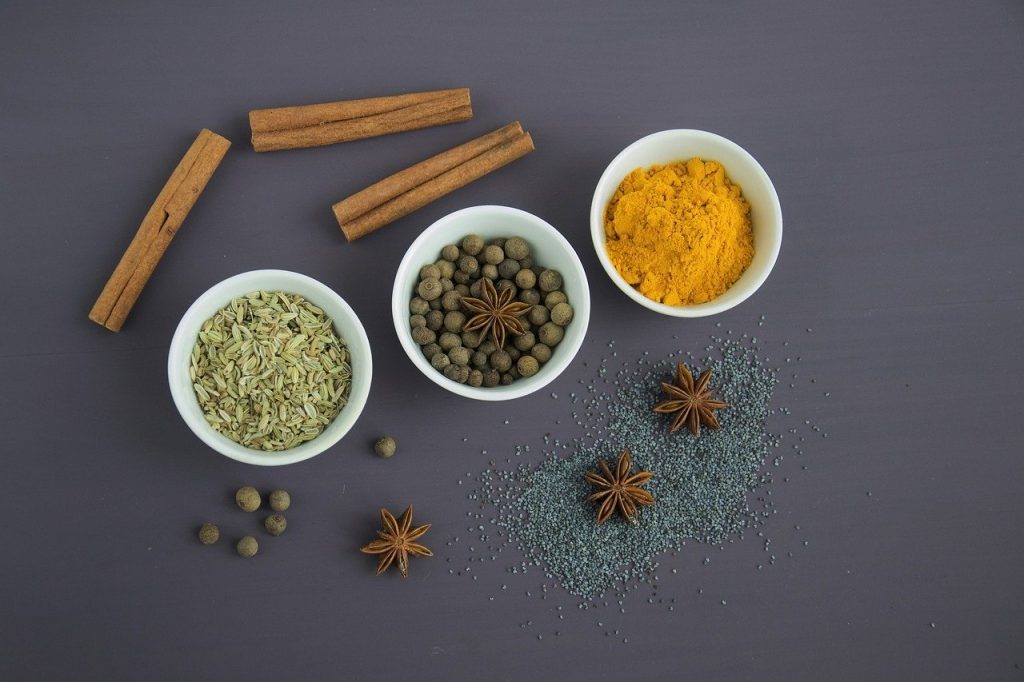
4. Herbs and Spices
Herbs and spices are natural supplements for balancing your blood sugar levels. They’re fun to play with in recipes, too!
Some spices, like turmeric, contain anti-inflammatory properties, which aids in blood sugar regulation.
Cinnamon is another spice gaining traction as a powerful tool to balance blood sugar: A report in the American Diabetes Association Journal concluded that as little as one gram of cinnamon per day improves blood sugar, triglyceride, LDL cholesterol and total cholesterol in people with type 2 diabetes.9
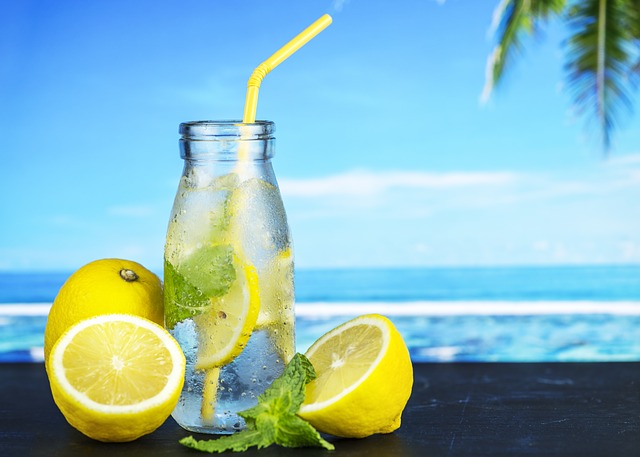
5. Low-Glycemic Beverages
Sweetened, high-calorie drinks foster obesity and are a major culprit of blood sugar spikes. Hydrating with tasty alternatives like cinnamon tea, lemon water, and cucumber juice– which are sugar-free– adds an interesting twist to your daily hydration!

6. Whole Grains
Whole grain foods such as oats, barley, and quinoa are rich in protein and fiber, and they provide and store energy without causing spikes in your blood sugar levels because they require more time to digest. Slower digestion creates a smaller fluctuation in blood sugar compared with refined carbohydrates.10
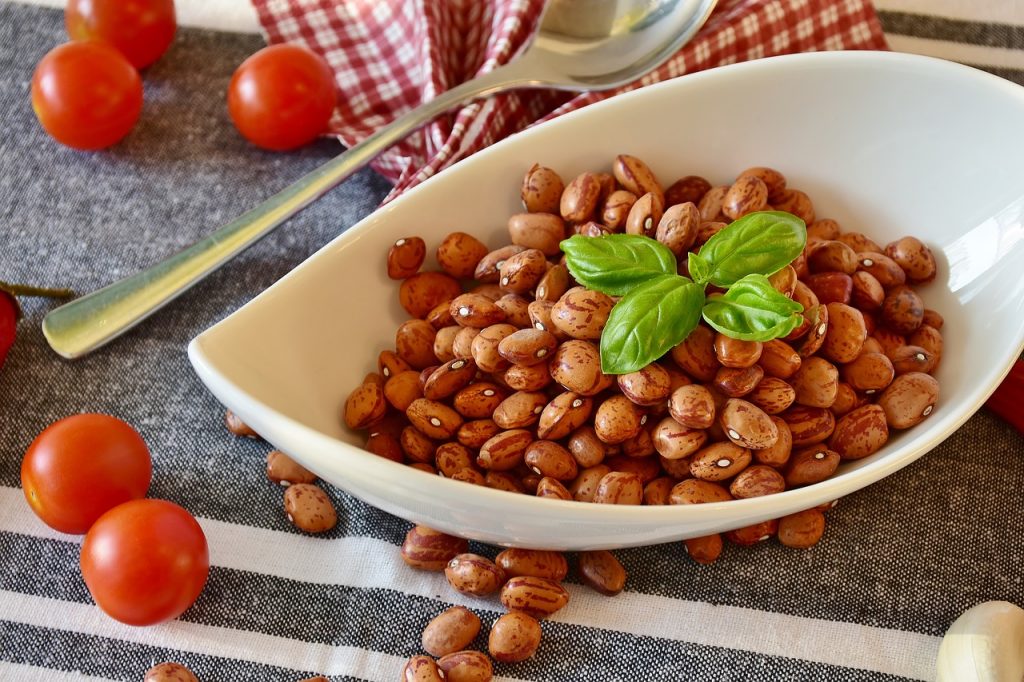
7. Beans and Legumes
Beans are a good source of protein and rich in fiber, both important factors in balancing your blood sugar.11 Hummus, lentils and garbanzo beans are good examples and great dietary choices. Remember to soak them the night before to promote easier digestion.
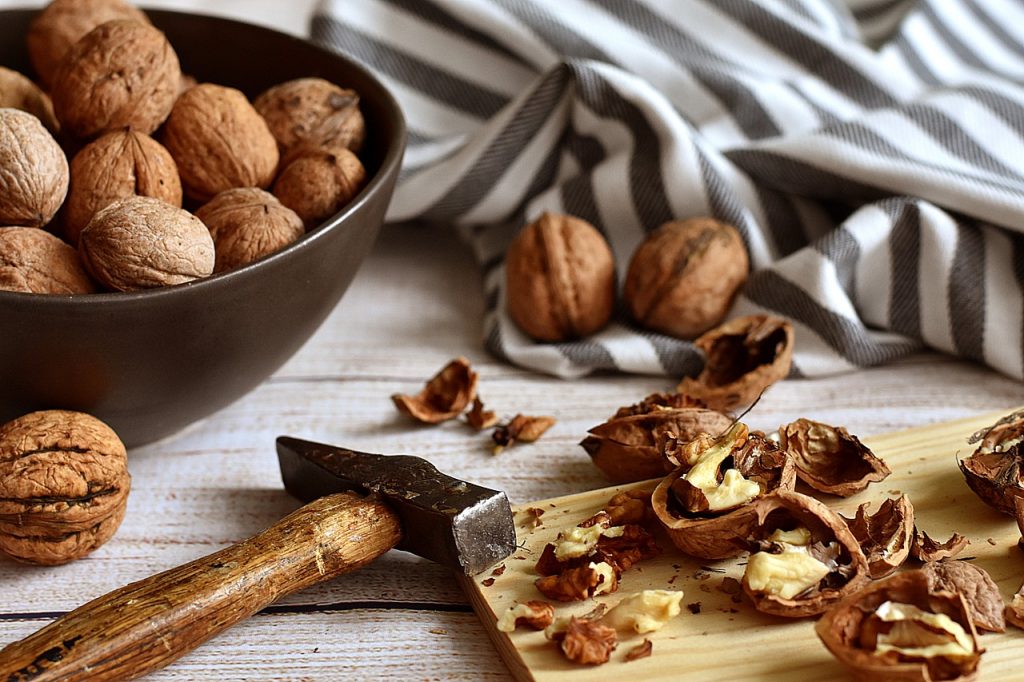
8. Nuts
Nuts like almonds and walnuts contain healthy amounts of fiber, protein, and healthy fats, all of which can slow down the release of glucose into the bloodstream. Nuts are a low carb snack idea as well!
Try balancing your blood sugar the natural way by making some simple swaps to the way you eat. You’ll be amazed at the difference!
These statements have not been evaluated by the Food and Drug Administration. This product is not intended to diagnose, treat, or cure or prevent any disease.
Let's Be Friends.
Have health and wellness delivered straight to your inbox . . . and be the first to know about new fitness classes and Health Strategy Course dates!

- Centers for Disease Control and Prevention. Diabetes. Retrieved January 5, 2020, from Centers for Disease Control and Prevention: https://www.cdc.gov/diabetes/basics/type2.html
- Mayo Clinic. Diabetes. Retrieved January 5, 2020, from Mayo Clinic: https://mayoclinic.org/diseases-conditions/diabetes/symptoms-causes/syc-20371444
- Avena, N.M., Bocarsly, M.E., Rada, P., Kim, A., Hoebel, B.G. After daily bingeing on a sucrose solution, food deprivation induces anxiety and accumbens dopamine/acetylcholine imbalance. Physiol Behav. 2008 Jun 9; 94(3): 309-15.
- Chepulis, L.M., Starkey, N.J., Waas, J.R., Molan, P.C. The effects of long-term honey, sucrose or sugar-free diets on memory and anxiety in rats. Phyiol Behav. 2009 Jun 22; 97(3-4): 359-68.
- Peet, M. International variations in the outcome of schizophrenia and the prevalence of depression in relation to national dietary practices: an ecological analysis. Br J Psychiatry. 2004 May; 184: 404-8.
- Friedman, J.D. Diabetic Diet: 6 foods that may help control blood sugar. Retrieved October 10, 2010, from WebMD: https://www.webmd.com/diabetes/diabetic-diet-6-foods-control-blood-sugar#1
- National Institutes of Health. (2009, July 13). Dietary supplement fact sheet: magnesium. Retrieved October 6, 2011, from Office of Dietary Supplements: https://ods.od.nih.gov/factsheets/magnesium
- Seymour, T. Eight Low Sugar Fruits. Retrieved January 5, 2020, from Medical News Today: https://www.medicalnewstoday.com/articles/320078.php
- Alam Khan, M.P. (2003, December). Cinnamon improves glucose and lipids of people with type 2 diabetes. Retrieved January 5, 2020, from American Diabetes Association: http://care.diabetesjournals.org/content/26/12/3215.long
- Higdon, J. P. (2009, May). Micronutrient Information Center: Whole Grains. Retrieved October 10, 2011, from Oregon State University, Linus Pauling Institute: http://lpi.oregonstate.edu/mic/food-beverages/whole-grains
- Higdon, J. P. (2009, April). Micronutrient Information Center: Legumes. Retrieved December 21, 2019, from Oregon State University, Linus Pauling Institute: http://lpi.oregonstate.edu/mic/food-beverages/legumes

